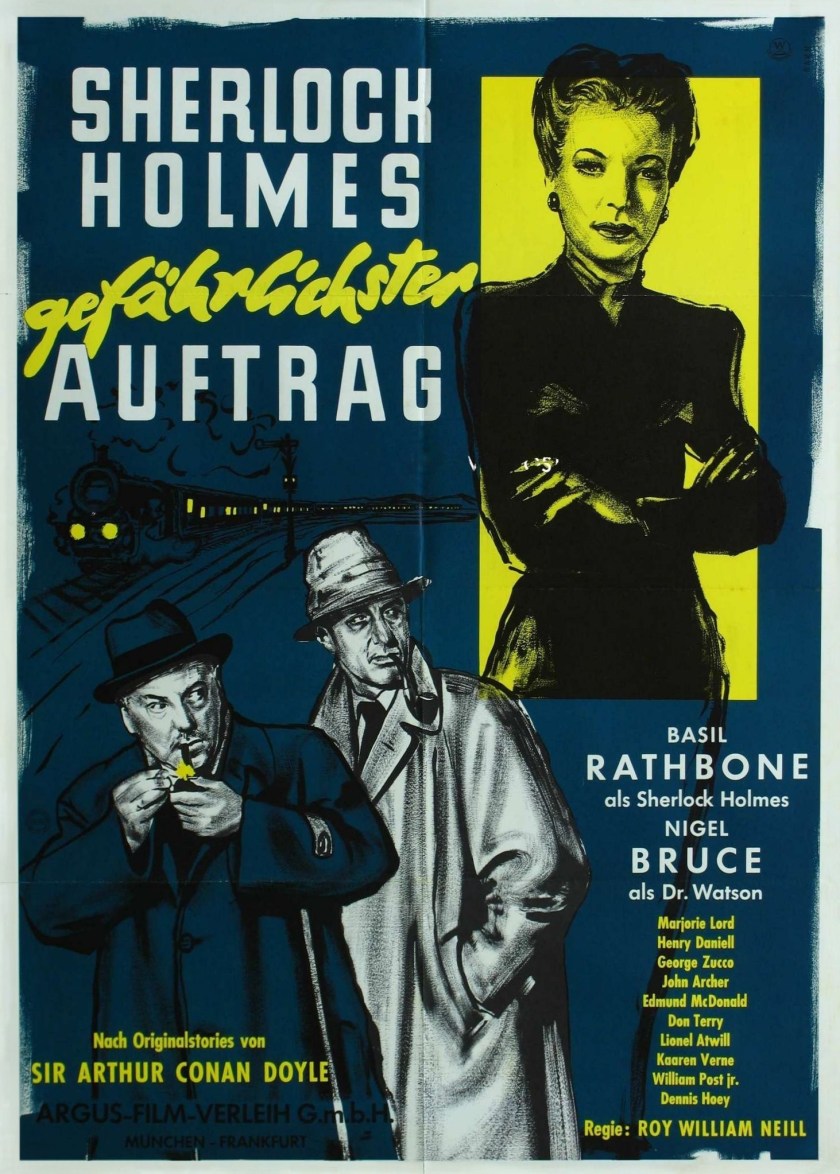Hollywood in 1930
Basil Rathbone was making films in Hollywood in 1930 (This Mad World, The Bishop Murder Case, The Flirting Widow, Sin Takes a Holiday, …). What was Hollywood like back then? Below is an aerial photo of Hollywood that appeared in the June 1930 issue of Talking Screen magazine. The street running from the top, through the center to the bottom of the picture, is Hollywood Boulevard. Vine Street runs across the picture from side to side in the foreground. If you look along the Boulevard you will notice a high tower on the right side of the street. This is the corner of Highland and Hollywood Boulevard. Beyond this tower you will notice a long, black-looking, flat building. This is the famous Grauman’s Chinese Theatre where all those well-known premieres happen. Across the street from this, two high buildings can be seen. The nearer one is the El Capitan Theatre, and the farther one is the Roosevelt Hotel. Next to the tower on the corner of Highland and Hollywood Boulevard are the Embassy Club and …










